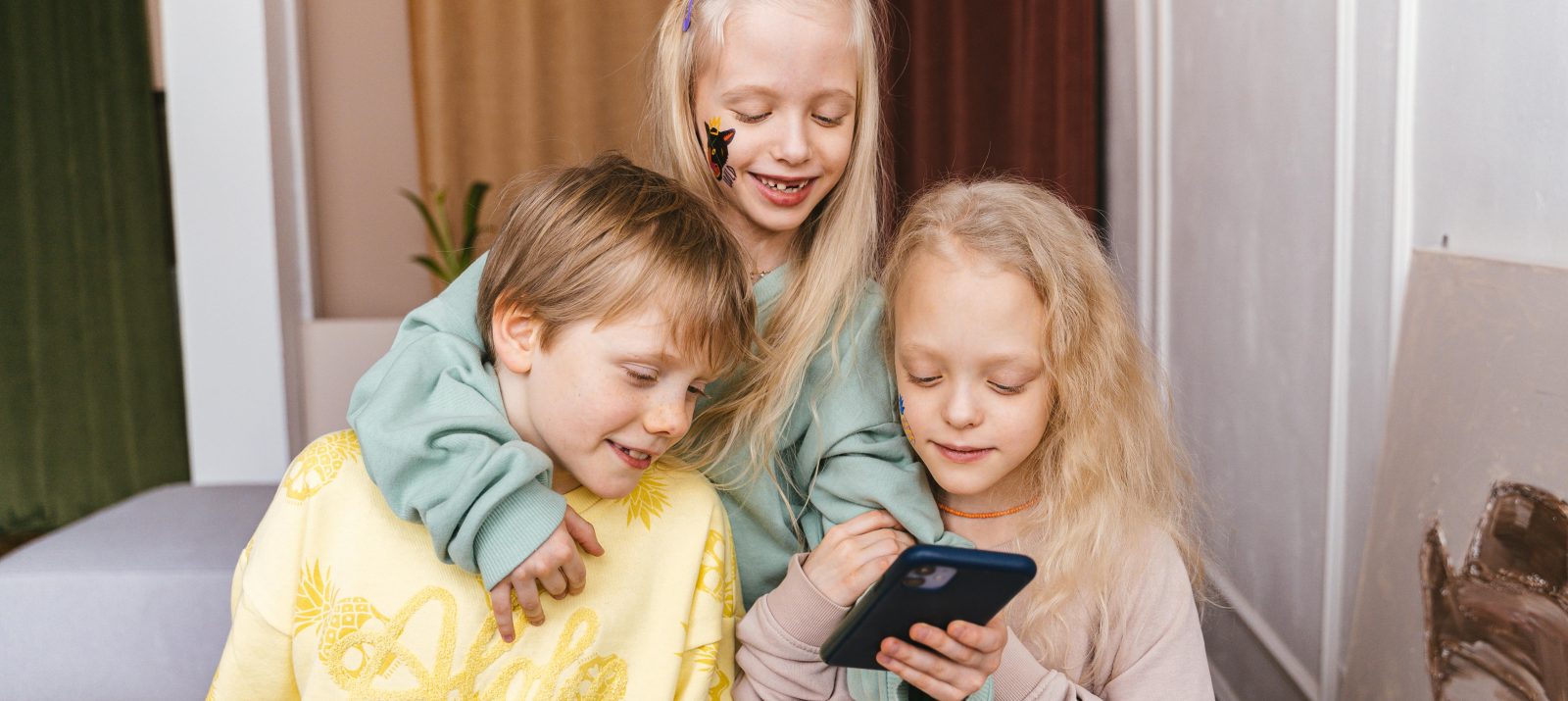
In many families with siblings, there are arguments about media use: the younger ones feel unfairly treated if they are allowed less than the older ones. What some people find exciting, others find boring. Conversely, some media offerings are too much for younger children. The older ones have the feeling that they constantly have to be considerate of their younger siblings. How can parents master the balancing act between the needs of siblings and encourage their children to use media competently?
Whether an only child or a sibling – rules on media use in the family give children structure and security for their everyday life with media. The needs and developmental stages of each child should be taken into account. For example, it can make sense to give older siblings more freedom when it comes to media use, while younger children are subject to stricter limits. For example, older children are allowed to take certain devices into their own room, while younger children should only use media in the shared living areas. The times of use must match the age of the children. Younger people should spend less time in front of a screen than older people. Define the rules together and make sure that they are fair and understandable for everyone. For example, a media usage contract that you draw up individually for each child can help. Everyone in the family should adhere to basic media rules such as “no media at the dinner table”.
“Give me my tablet back now!”, “That’s for babies, I want to listen to something exciting!”, “Why do I have to turn it off when she can still watch?”. Do sentences like this sound familiar? If the age gap is large, different rules apply for each child. This can easily lead to arguments between siblings, whether over access to certain devices or the choice of content. Make the rules clear to your children and help them to put themselves in their sibling’s shoes. For example: “Your big sister wasn’t allowed to watch videos for more than an hour when she was at primary school “. Make sure you recognize conflicts in good time and support them well. This strengthens the relationship between the siblings and they learn to negotiate, compromise and resolve conflicts more and more independently.
Watching movies or playing games together is fun and creates a bond. Parents should support their children in choosing suitable media content for shared media use. Shared media rituals such as watching a science program on Sunday or listening to music in the car are fun and strengthen family cohesion. Siblings often process media content together and act out scenes from series or immerse themselves in the world of their favorite characters in role-playing games. Siblings can learn a lot from each other, especially when they are creative with media together and design radio plays, stop-motion films or photo collages themselves.